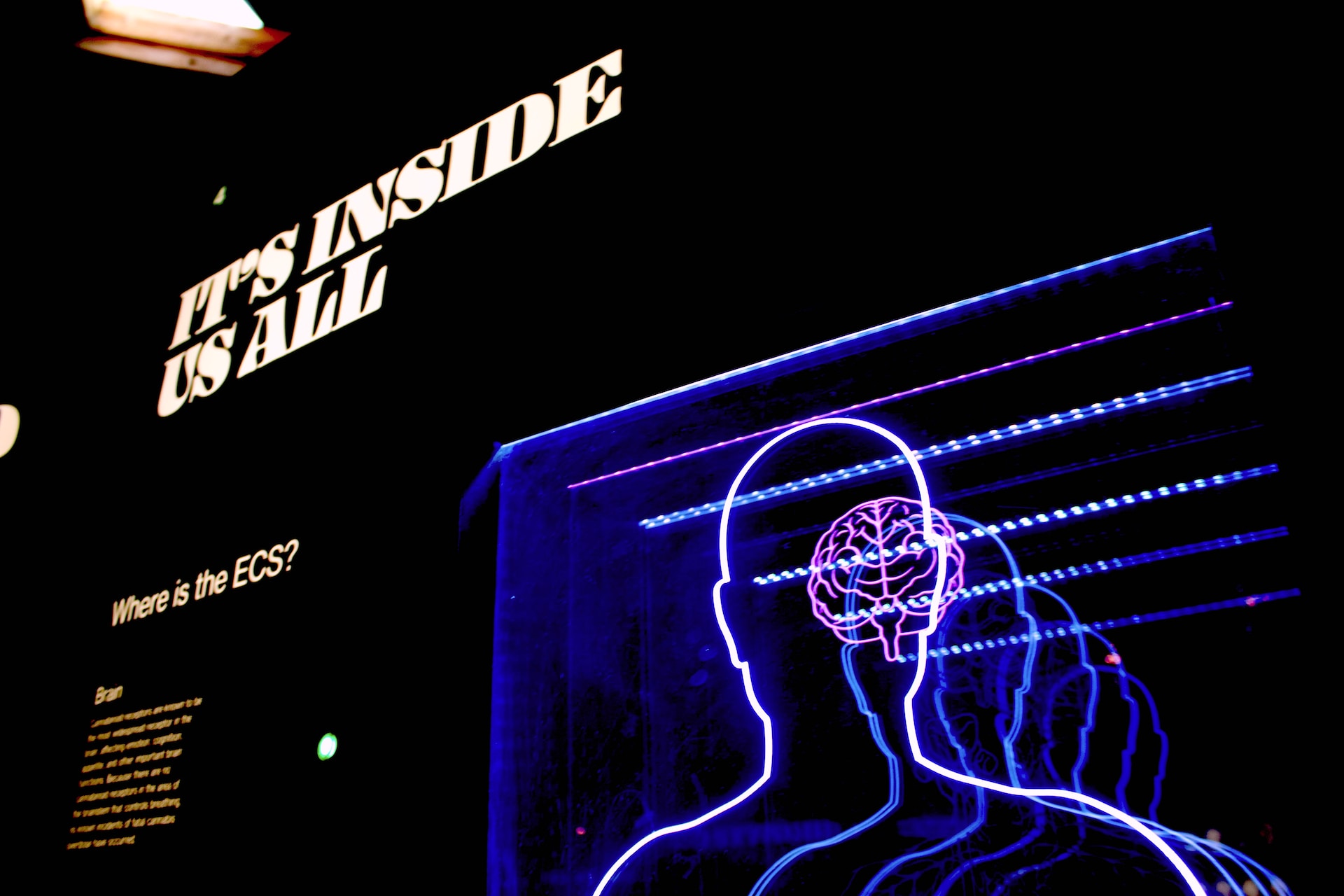Transpersonal experience and altered consciousness
Transpersonal psychologists assign a special role to understanding religious and mystical experiences. They believe it manifests in an altered state of consciousness when repressed experiences come to the surface. Personal anxieties may resurface as cultural archetypes, fairy tale motifs, and memories from “past lives.
For example, Stanislav Grof believes that it is possible to get rid of the weight of the past stored in the unconscious, only by “reliving” the traumatic events. He proposes to do this with the help of the Holotropic breathing technique he created.
Feelings of ecstasy from intense experiences, a sense of unity with the universe, a spiritual “journey” through other worlds, experiencing “past lives” – these are all states of interest to transpersonalists. In their achievement, representatives of the direction see the possibility of getting rid of negative thoughts, stress and mental trauma.
Expansion of consciousness
Transpersonal psychologists argue that human consciousness is limitless, like the cosmos, and related to a kind of universal mind; that there is a mind and soul, which constitute a single whole and determine the personality of man.
In order to study personality, experts conduct psychophysiological experiments that affect the senses. Among others was the administration of psychedelic drugs. Similar experiments were conducted by Stanislav Grof and his wife Christine, as well as Otto Rank, until the substances they used were banned.
Other ways of expanding consciousness include:
Abrupt changes in the object of concentration, where one focuses on one’s sensations, then switches to an object, feelings experienced in the past, or oneness with the universe.
Heavy physical exertion (even excessive) coupled with restricted fluid intake.
Exposure to cold and heat, their alternation.
Music.
Prolonged exposure to loneliness and/or immobility.
Intentional sleep deprivation.
Imagination, visualization.
Meditations.
Hypnosis, self-hypnosis.
Dream analysis.
Creativity.
Breathing practices.
Some of the most famous practices of expanding consciousness – breathing, such as holotropic breathing and rebreathing.
Stanislav Grof invented holotropic breathing as a substitute for the use of LSD, in order to obtain a tool that supposedly helps to remove obstacles to the expansion of consciousness.
Grof believes that holotropic breathing allows one to open one’s unconscious, “trigger” all the senses, and reveal repressed experiences, including those related to birth and death. All of this, he believes, helps one go beyond time and space and have a transpersonal experience.
The technique itself consists of taking frequent deep breaths. This supposedly generates the energy that shows a person “the way. On it, the transpersonalist may receive unexpected instructions to follow: to make a sound, to assume a certain posture, and so on. After following the “path,” the person has to get rid of negativity, relax, and calm down.
Re-birthing was developed by the American Leonard Orr in the 1970s, just before Holotropic Breathing and with approximately the same goal in mind. The meaning of the practice is stated in its very name: as a result of using it, a person should be “reborn.
According to Orr, from birth people are haunted by events that traumatize the psyche and harm physical health. Birth itself is one of them. Despite the fact that these memories and experiences are hidden in the unconscious, they, according to Leonard, have a negative impact on human life, manifesting themselves in complexes and fears. “Rebirth, on the other hand, is designed to overcome them.
The technique of rebirth can be described as follows. First, it is advisable to lie on the back, without crossing the legs, calm down, breathe as usual until the breathing becomes even. Then it is necessary to concentrate on your sensations, to feel a tingling or pain. This is how, according to the theory of rebuffing, one of the repressed memories manifests itself. You should try to feel it, and then think about the negative event with humor. This will supposedly help you experience relief and enjoyment from the fact that the pain is gone.
Why Transpersonal Psychology is not recognized by the scientific community
This field has been around for over 50 years, but there is still no solid evidence for the theories of transpersonal psychologists. Their work is in most cases not based on experiments, and the findings are subjective and have no scientific value.
The American Psychological Organization has never recognized transpersonal psychology as a separate scientific discipline. It has been criticized for its mysticism, parascience and authoritarian belief system.
Even one of its founders, Ken Wilber, later disowned transpersonal psychology, which did not prevent transpersonalists from studying his ideas in the future.

